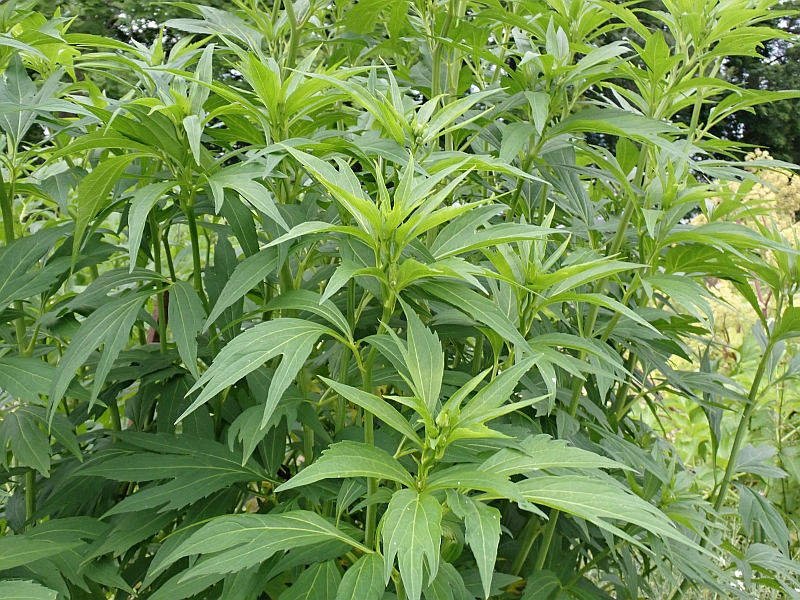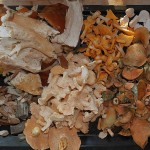Tonight’s dinner was slow (kortreist) barlotto (byggotto) with whole grain Norwegian organic barley with:
Mashua (Tropaeolum tuberosum) “Ken Aslet” and “White”
Persian shallots (Allium stipitatum)
Wapato (Sagittaria latifolia)
Carrot / gulrot
Chicory / raddichio (2 varieties) (Cichorium intybus)
Swiss chard / mangold
Leek / purre
Bulb onion / kepaløk (2 varieties)
Tomatoes / tomat (a mix of the last of this year’s crop)
Madeira vine (Anredera cordifolia)
Bay leaf / laurbærblad
Apple / eple
Dandelion / løvetann
Garlic / hvitløk
Celery / selleri (3 varieties)
Matriske / saffron milkcap (rehydrated)
Chili and a local blue cheese “Hitra Blå”



















































